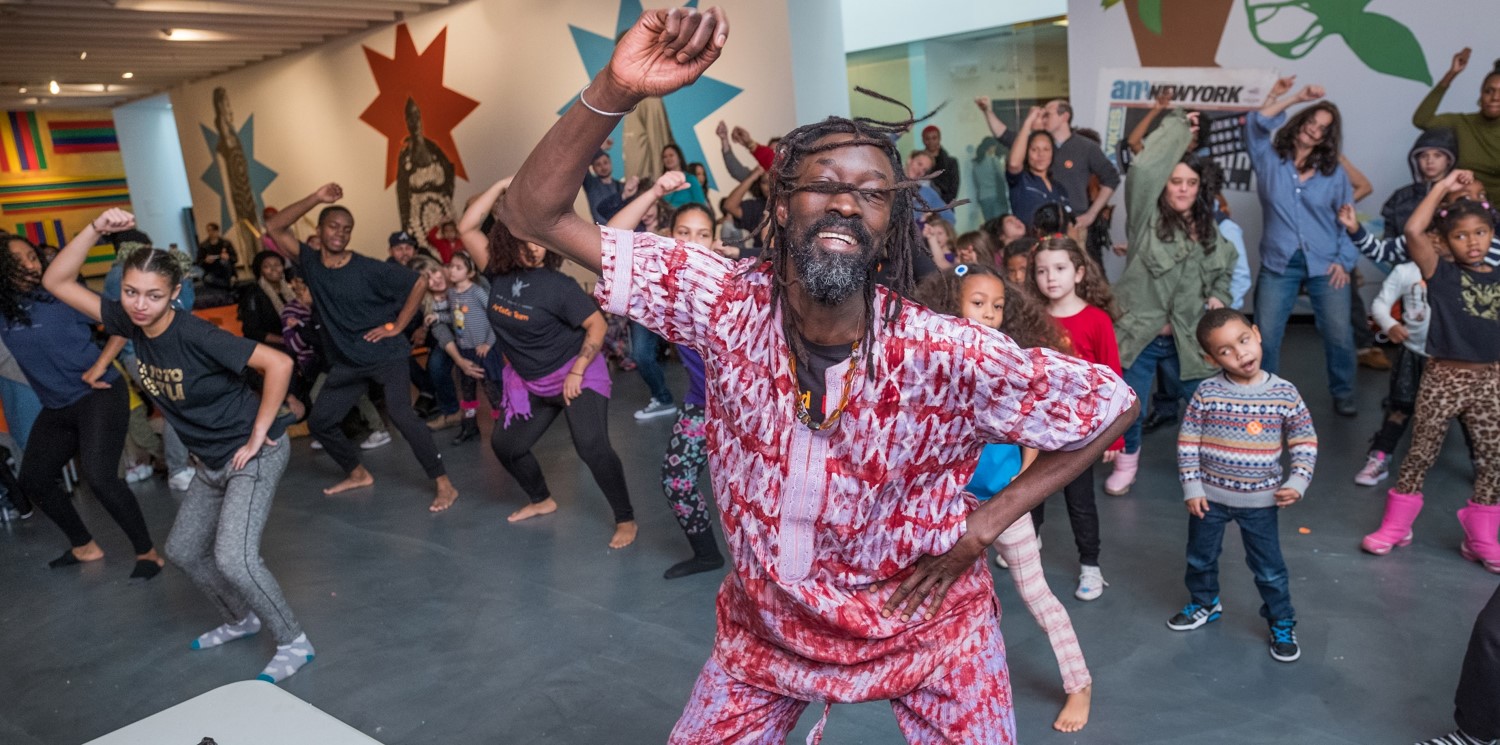Financing Creative Placemaking
Analyzing Data And Trends For A Field in Transition

Photo by Michael Palma / Courtesy of Broadway Housing Communities
Financing Creative Placemaking: Analyzing Data and Trends For A field in Transition [PDF]
Read the executive summary
View the interactive dashboard
Over the course of the last ten years, creative placemaking has grown from a niche activity to the mainstream of arts-based community development. It has influenced every sector of community practice from health and housing to public safety, youth development, and environmental sustainability. It has caught the attention of local government agencies, community organizations, anchor institutions, and philanthropies as an important mechanism for community change.
Core to the growth of this field has been a 10 year, $100+ million investment from ArtPlace America. At the end of 2020, ArtPlace will sunset. Though this exit marks the end of a significant funding portfolio for the field, ArtPlace’s investments, convenings, and research, in concert with the work of its many funders and partners, have laid the groundwork of a robust field of practice with the potential to harness resources from diverse funding streams.
As ArtPlace progresses towards its planned sunset at the end of 2020, there are concerns in the field that funding for this work will diminish overall. The impetus of this report was to better understand how practitioners have financed their creative placemaking work over the last decade and to identify areas of strength and areas for growth in the national funding landscape. To understand existing funding streams and patterns in creative placemaking, this report analyzes the project budgets and narratives from grants made by three funders— ArtPlace, the National Endowment for the Arts (NEA), and the Kresge Foundation— between 2010 and 2019. Looking towards a future without ArtPlace, we highlight existing leaders supporting the field as well as opportunities for practitioners, funders, and partners to advance the diversity of funding sources in the field with a focus on equity and knowledge-sharing.
This report comes at a time when the United States is being ravaged by COVID-19, the detrimental economic effects of which are widespread and of particular concern to the arts and culture sector, including the range of organizations doing creative placemaking work, from arts nonprofits to community development organizations to local government agencies. At the same time, cultural and civic institutions are being transformed by a powerful movement for racial justice rooted in protests against police brutality, led by the Movement for Black Lives. Major challenges of economic scarcity and exciting opportunities to reflect on the field’s values and priorities coexist in the current moment. As creative placemaking practitioners and their collaborators adapt to this monumental situation, we hope that this report can be a useful resource for practitioners, public agencies, and funders strategizing to expand financial support for creative placemaking work in the years to come.
This research was completed with the generous support of ArtPlace America and the Kresge Foundation.
